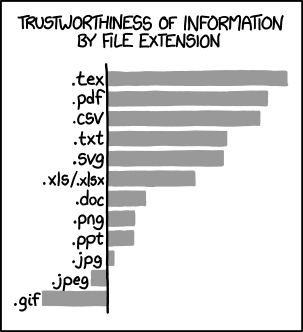Wednesday, December 11, 2013
Thursday, October 3, 2013
Plymouth University - Top 300, Worldwide
Plymouth just broke into the Top 300 of the Times Higher Education World University Rankings. It's also 53rd among young universities (under 50 years old), see Times Higher 100 under 50.
Wednesday, June 5, 2013
Student feedback
So, first course taught at Plymouth seems to have gone down well with the students. Maximum scores across the board, no negative comments, and some really nice positive comments.
- FANTASTIC LECTURES!
- It was actually Andy wills who taught us, he was BRILLIANT! Really inspiring and enthusiastic about his topic which was engaging and inspiring
- Probably my favourite lecturer of my whole uni experience.
Saturday, June 1, 2013
Top 30
To my amazement, I'm currently in the world Top 30 categorisation researchers (from a list of over 4000 authors). Nice way to end the week :-)
Incidentally, the metric is number of ISI indexed articles on the topic categorization and in the research area psychology, experimental. 31-may-2013.
Incidentally, the metric is number of ISI indexed articles on the topic categorization and in the research area psychology, experimental. 31-may-2013.
Wednesday, May 22, 2013
Parallel computing in R
R is a free, general purpose programming language that is particularly popular for data processing and analysis (www.r-project.org). I've been using it today for Monte Carlo simulations and, having tried to optimize my code (x3 speed increase) and moved the script from my laptop to my workstation (x2 speed increase), each simulation was still going to take a few hours, and I had a lot of them to do.
That's when I decided I was going to learn how to use the snowfall package for R. This allows one to spread computations across multiple computers or, more relevant in my case, across the 8 threads of the processor in my machine. It's fairly easy to use; it took about an hour to modify my code - and I'm sure it'd take much less time now I know how. Snowfall gave close to a further x8 speed increase for the Monte Carlo simulations.
You can find a good introduction to snowfall here
www.imbi.uni-freiburg.de/parallel/
I didn't bother with the SSH stuff mentioned in this guide and it worked just fine for me. Basically, just install the snowfall package:
library( snowfall )
, set up a cluster using sfInit,
sfInit( parallel=TRUE, cpus=8, type="SOCK" )
, use sfLapply to do anything you would do with lapply, but across all threads,
store <- sfLapply(1:10000, awoneit, numcat = ncat, nitems = nitms, np = nppts))
and finally simply the list back to a numeric vector to make calculation of means etc easy:
store <- simplify2array(store)
store <- as.numeric(store)
Close the cluster using:
sfStop()
That's when I decided I was going to learn how to use the snowfall package for R. This allows one to spread computations across multiple computers or, more relevant in my case, across the 8 threads of the processor in my machine. It's fairly easy to use; it took about an hour to modify my code - and I'm sure it'd take much less time now I know how. Snowfall gave close to a further x8 speed increase for the Monte Carlo simulations.
You can find a good introduction to snowfall here
www.imbi.uni-freiburg.de/parallel/
I didn't bother with the SSH stuff mentioned in this guide and it worked just fine for me. Basically, just install the snowfall package:
library( snowfall )
, set up a cluster using sfInit,
sfInit( parallel=TRUE, cpus=8, type="SOCK" )
, use sfLapply to do anything you would do with lapply, but across all threads,
store <- sfLapply(1:10000, awoneit, numcat = ncat, nitems = nitms, np = nppts))
and finally simply the list back to a numeric vector to make calculation of means etc easy:
store <- simplify2array(store)
store <- as.numeric(store)
Close the cluster using:
sfStop()
Subscribe to:
Posts (Atom)
